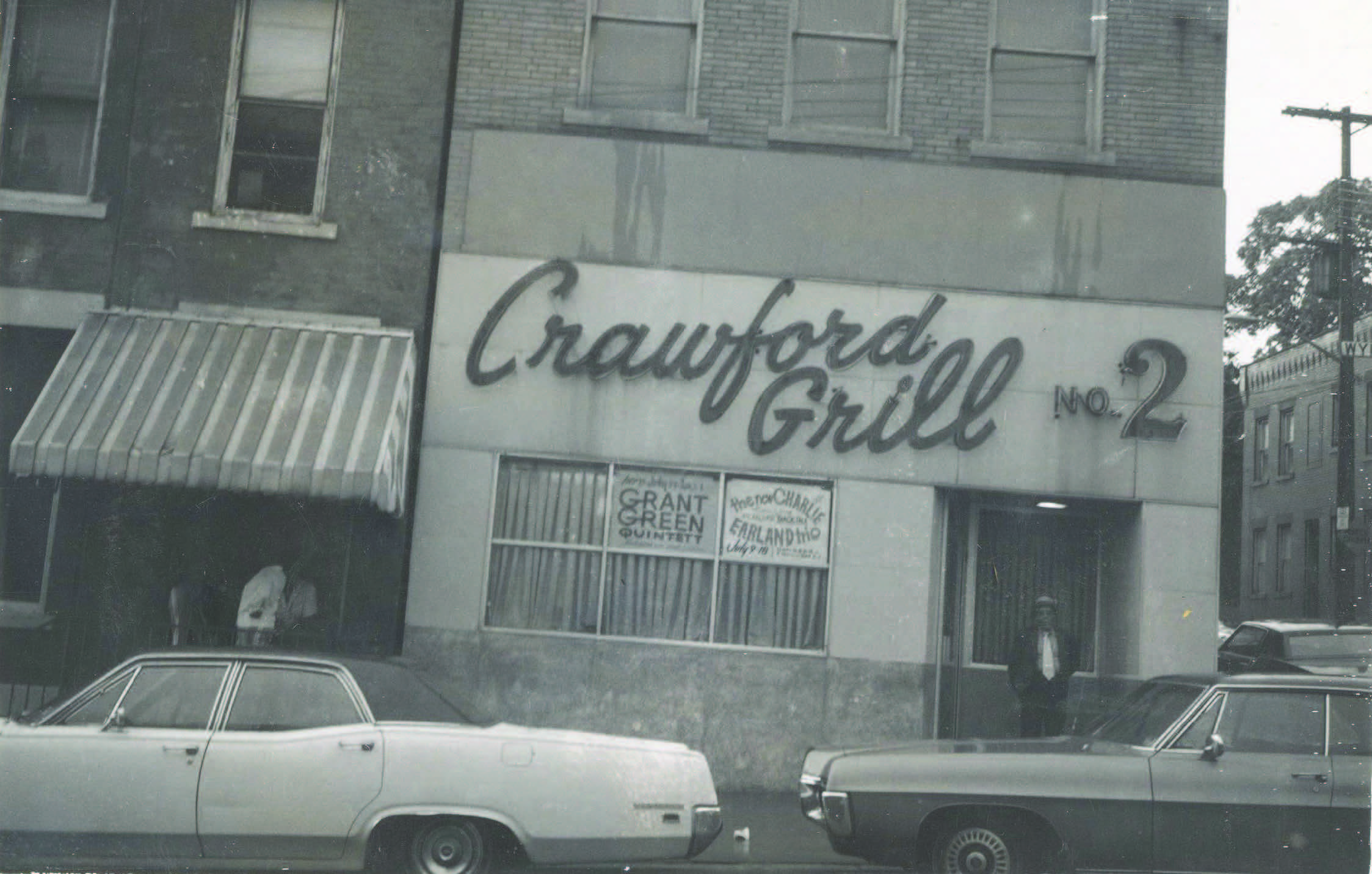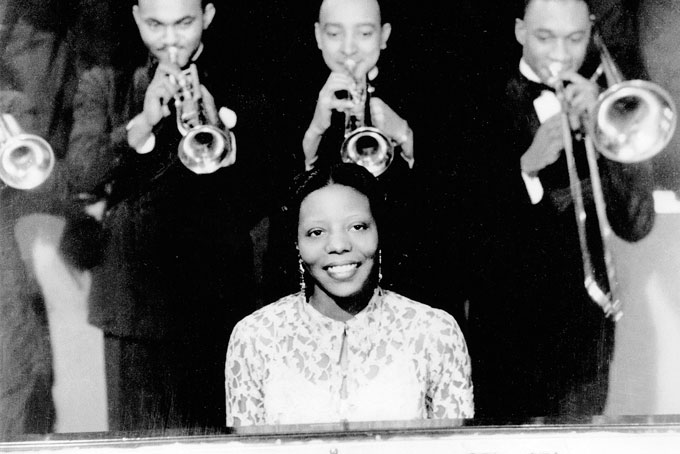THE GROUNDBREAKING TO THE RESTORATION OF THE HISTORIC NEW GRANADA THEATER, MAY 25, IN THE HILL DISTRICT. (PHOTO BY J.L. MARTELLO)
From jazz legends to activism, Pittsburgh’s Hill District has a rich legacy that continues to inspire community empowerment movements today.
A Destination for Community
In the early 1900s, many African Americans from the southern United States migrated north, trying to distance themselves from the rampant racism in former Confederate states. The Hill District at the time was primarily a neighborhood for working-class European immigrants in the steel industry. The influx of formerly enslaved people and the exit of many current residents to the frontlines in World War I quickly changed this neighborhood into one of Pennsylvania’s most prominent Black communities. With good job prospects and an active, close-knit community, the Hill District became a destination for Black Americans looking to put down roots.
The “Crossroads of the World”
As the 20th century progressed, the Hill District underwent another significant transformation. From the 1930s through the 1950s, it evolved from a newly formed, relatively unknown Black neighborhood into one of the country’s premier African-American arts and culture locations. Numerous jazz clubs sprang up throughout the area, attracting some of the biggest names in the genre. Musicians like Duke Ellington, Ella Fitzgerald, and Louis Armstrong graced the stages of these clubs, adding to the Hill District’s growing national reputation.



Many lauded jazz characters grew up in Pittsburgh or participated heavily in its jazz scene. Mary Lou Williams, Ahmad Jamal, and Erroll Garner were all raised in Pittsburgh. Jazz royalty like Ella Fitzgerald, Louis Armstrong, Dizzy Gillespie, Miles Davis, and Stanley Turrentine all played regularly at the Crawford Grill.
In addition to music, the Hill District incubated other Black cultural icons in journalism, sports, and business. Madam CJ Walker opened a school and beauty parlor in the neighborhood. Pittsburgh Courier photographer Charles “Teenie” Harris helped propel the nation’s first Black newspaper to prominence. And the owner of the Hill’s Crawford Grill nightclub also owned a Negro League team, the Pittsburgh Crawfords. Thanks to these cultural contributions, the Hill District earned the nickname “the Crossroads of the World,” a testament to its cultural significance and influence.
Economic and Social Tension
Beginning in the 1950s, an urban renewal effort in the Hill District displaced many residents and transformed the neighborhood into an isolated pocket of vacant lots and half-finished projects. Businesses closed, families were forced to move, and the vibrant, colorful community that had transformed the area into a cultural hub was deteriorating. Amid this backdrop, the national social unrest during the Civil Rights Movement of the 1960s and 1970s made its way to the Hill District. Local leaders advocated (successfully) for desegregation in public schools and changes to housing policies that disproportionately affected Black residents.

Playwright August Wilson, who drew heavily on his experiences growing up in the Hill District for his acclaimed “Pittsburgh Cycle” of plays, strongly advocated for social change during these decades through the 1990s. His collection of works, many of which are set in the neighborhood, won two Pulitzer Prizes and brought national attention to the Hill District. The August Wilson African American Cultural Center in Pittsburgh is one of the country’s most prominent locations dedicated to celebrating African-American culture and art.
A Beacon for Resilience and Change

The 21st century has brought with it a renewed effort to return the Hill District to its rich cultural and economic roots. The neighborhood represents more than just the people who live and work there. For the Black community in Pittsburgh, the Hill District is a living, breathing testament to the power of resilience and activism in the fight for change. In the upcoming years, the revitalized neighborhoods will allow the Black community to unite and feel strength in their shared history. The Hill Community Development Corporation (Hill CDC) is one of the organizations making sure that revitalization efforts are consistent with the community’s vision and needs rather than outside priorities.
By continuing to invest resources — time, energy, materials, and knowledge — into the Hill District, individuals and organizations alike can contribute to its ongoing growth and development. The district’s story of resilience, activism, and cultural richness continues to be written, inspiring future generations.